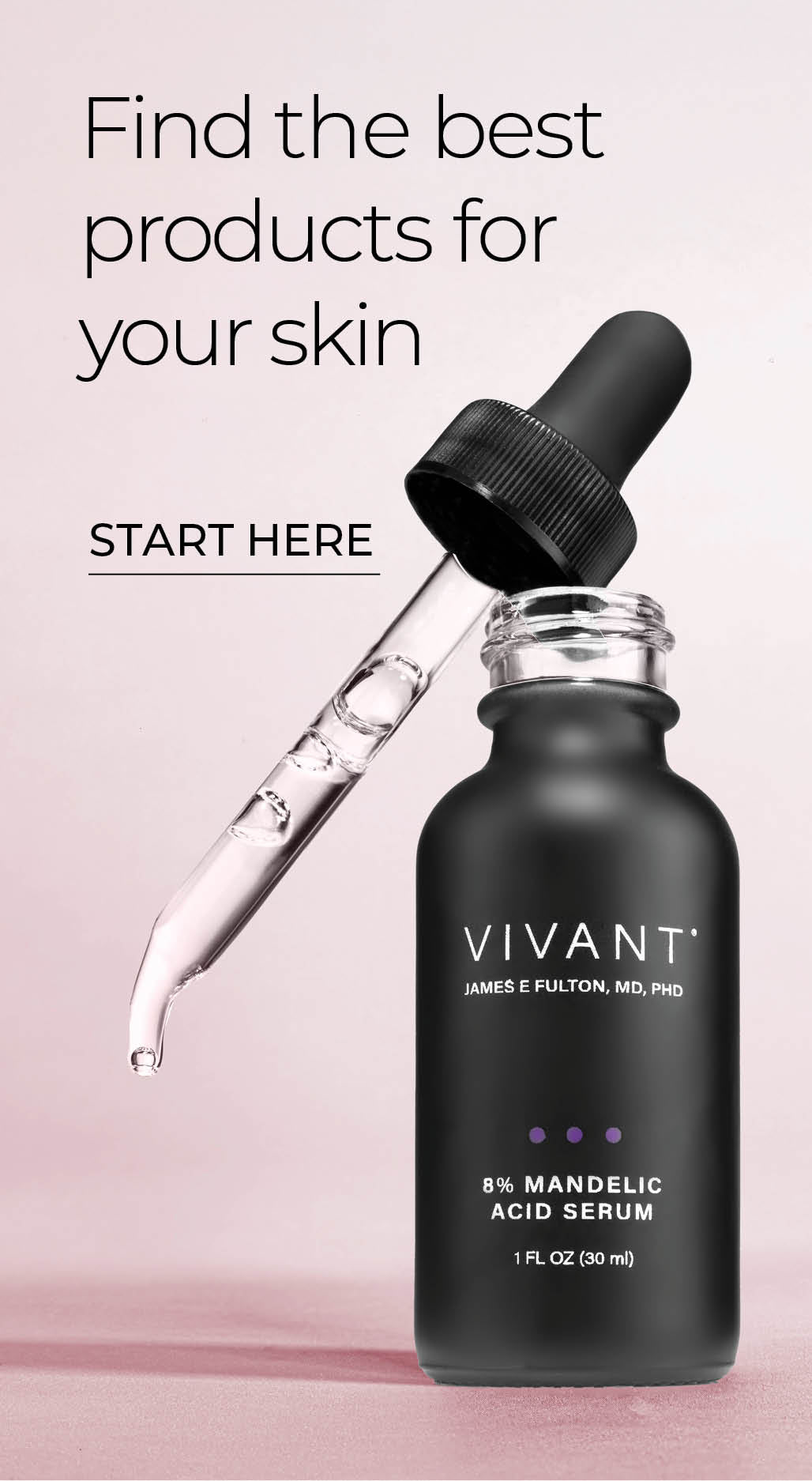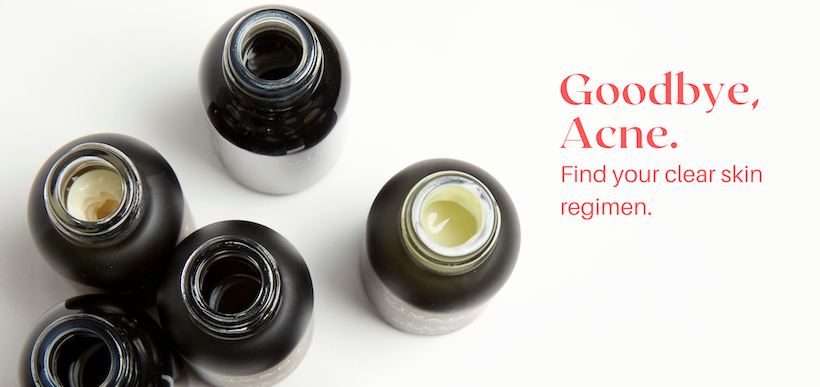PIE vs. PIH: Which Is It? How Should You Treat It?

Post-inflammatory hyperpigmentation (PIH). Post-inflammatory erythema (PIE). Both happen as the result of inflammation often in the wake of pimples. What is the difference? And how can you deal with these unwanted post-breakout souvenirs?
THE CAUSES OF PIH AND PIE
Both PIH and PIE are responses to inflammation and irritation.
PIH is a melanin response that leaves a dark mark on the skin.
- PIH can happen when a pimple is irritated by picking or squeezing.
- PIH can be the result of an injury to the skin from a scratch, heat, UV exposure, or chemical burn.
- PIH tends to be more common in darker skin tones because of the abundance of melanin.
PIE appears as pink or red marks on the surface of the skin.
- PIE is a vascular response to inflammation or irritation. Capillaries just under the surface of the skin are stimulated by the inflammation creating a surge of blood in the area as a healing mechanism.
- Like PIH, PIE is caused by picking at pimples, UV exposure, chemicals, injury, or irritation.
PIE is more common in lighter skin tones. The lighter the skin tone, the longer the marks will remain.
Neither PIH or PIE is permanent but, in both cases, fading them takes time, patience, and strategy. We can help with the strategy part.
UV Protection Required For Both PIH and PIE
For both PIH and PIE, UV protection is imperative. Sun will darken PIH and further inflame PIE. Start the day with Day Treatment Lotion SPF 15 for hydration and UV protection in one. Light-weight, non-greasy, and non-comedogenic.
Exfoliation and Brighteners for PIH
The dark spots of PIH begin in the deep layers of the skin. A combination of exfoliation, which brings excess pigment to the surface and out, plus topical brighteners to fade dark marks.
Top pick for PIH
Vivant’s mandelic acid line is tailor-made for treating PIH. This almond-derived alpha hydroxy acid exfoliates to bring pigment to the surface and clear impactions. It has antibacterial properties to guard against future breakouts. It’s a melanin inhibitor and natural brightener. And because it has a larger molecular size than most AHAs, it’s absorbed more slowly by the skin and won’t trigger post-inflammatory hyperpigmentation. It’s particularly good for skin of color. Shop the mandelic acid line.
Best ingredients for fading PIH and restoring even tone
- vitamins A & C
- mandelic acid
- niacinamide
- kojic acid
- lactic acid
- hydroquinone.
Calming, Renewing, and Strengthening the Skin Barrier for PIE
Because the PIE reaction happens close to the surface of the skin, the inflammation remains in an active state. You don’t want to do anything to aggravate it further. Concentrate on reducing inflammation and strengthening the skin barrier to get the skin to balance and the redness to recede.
Top Picks for PIE:
Cleanse, calm, and protect with anti-inflammatory Green Tea Antioxidant Cleanser.
Skin Nourishing Toner is a barrier-strengthening, anti-inflammatory, antibacterial tonic of niacinamide, rose hip oil, green tea extract, mandelic acid, zinc ferment, honey, and witch hazel.
Derm-A-Renew combines cell-regenerating vitamin A propionate with collagen-boosting, redness-reducing peptides, making this the perfect corrective serum for putting PIE in the rear view mirror.
Ingredients for fading PIE and restoring even tone:
- Niacinamide
- vitamins A, C, & E
- peptides
- green tea extract
- lactic acid
- aloe vera
- allantoin
- algae


Comments